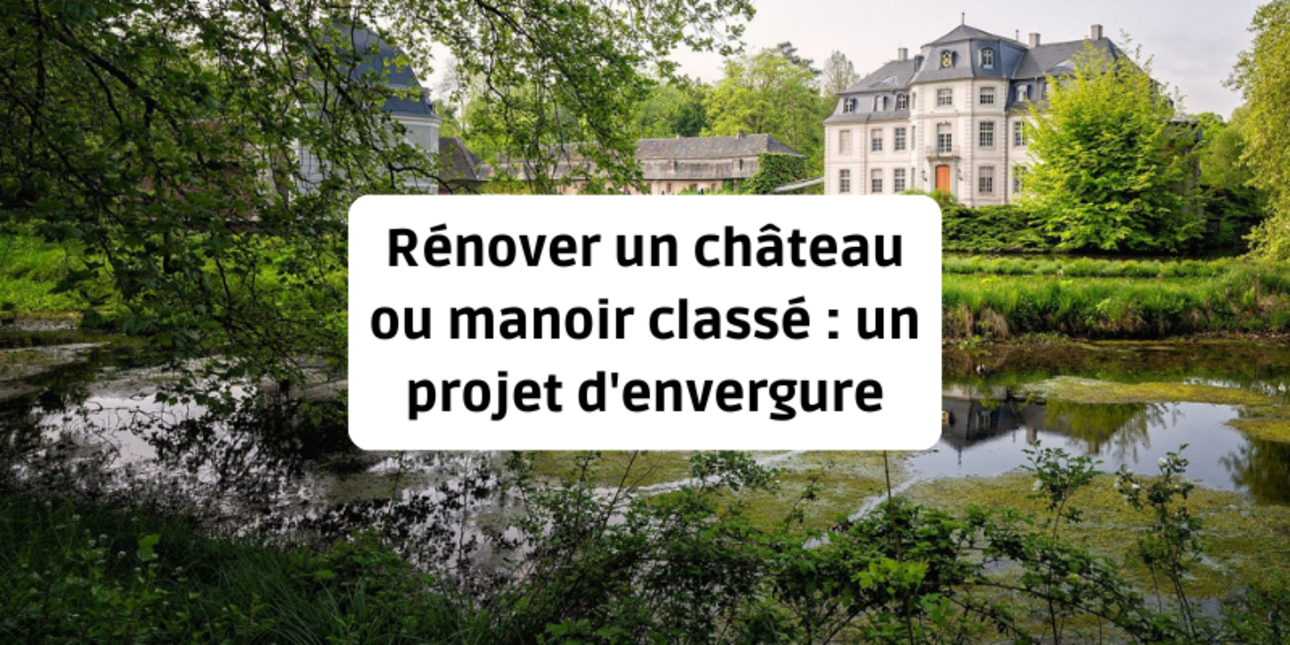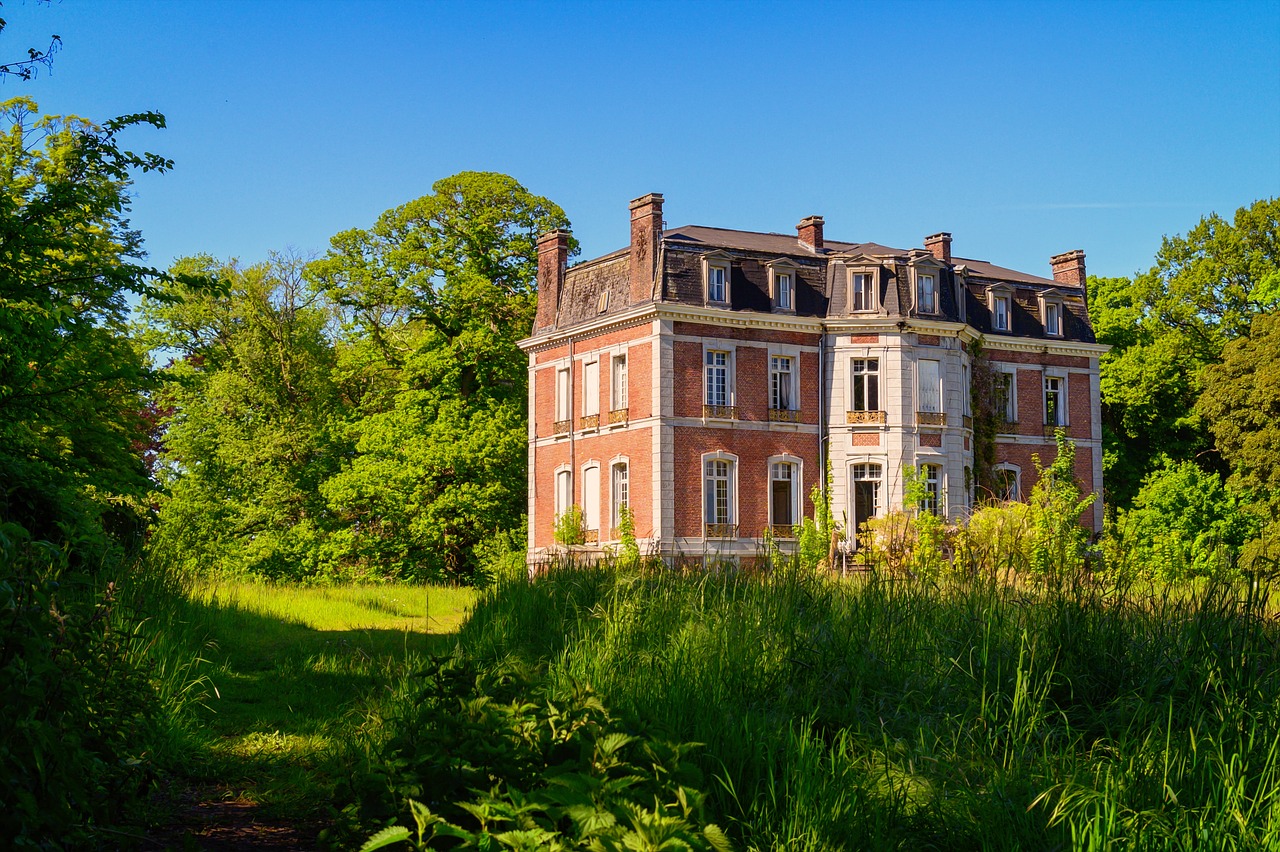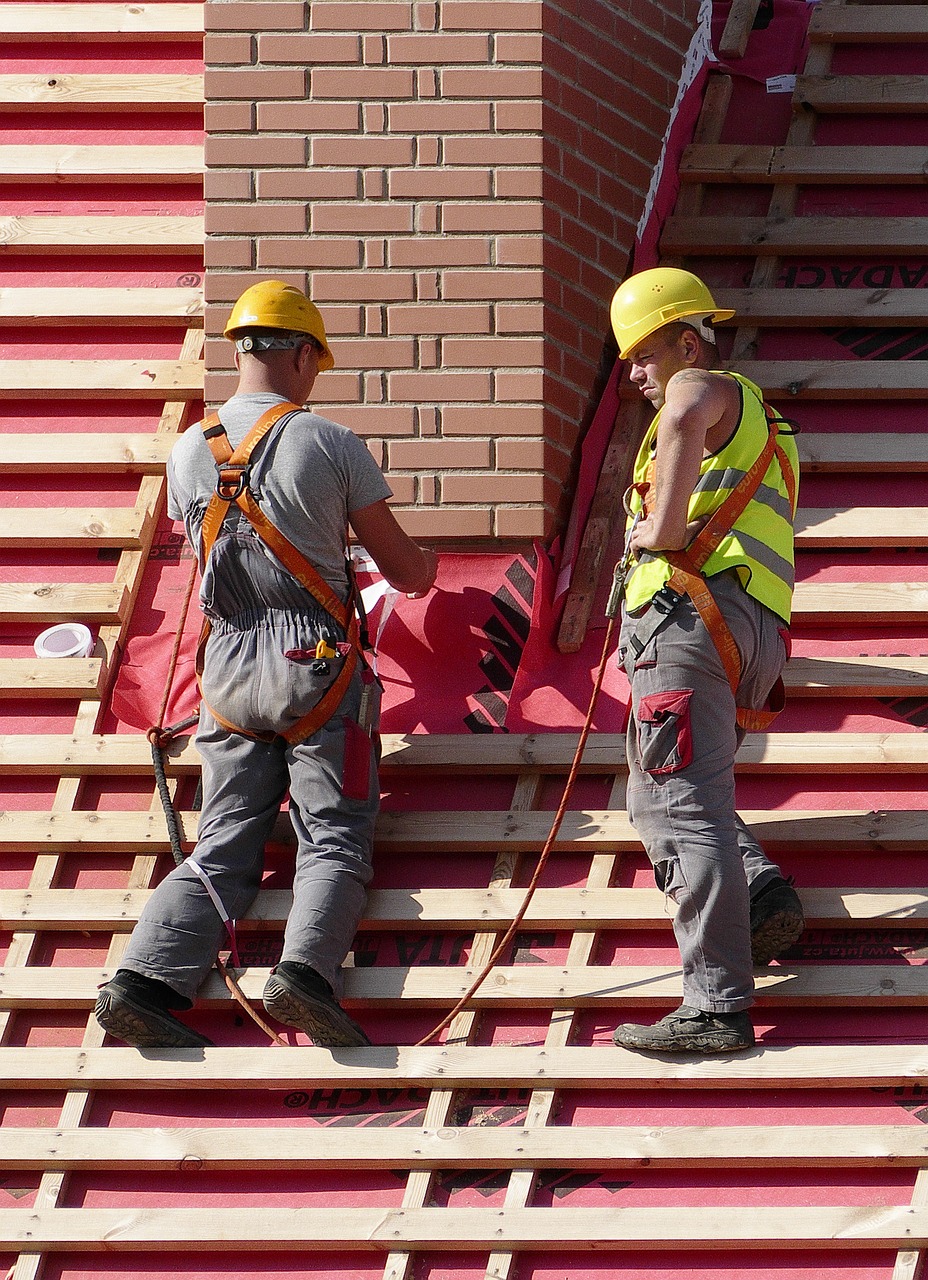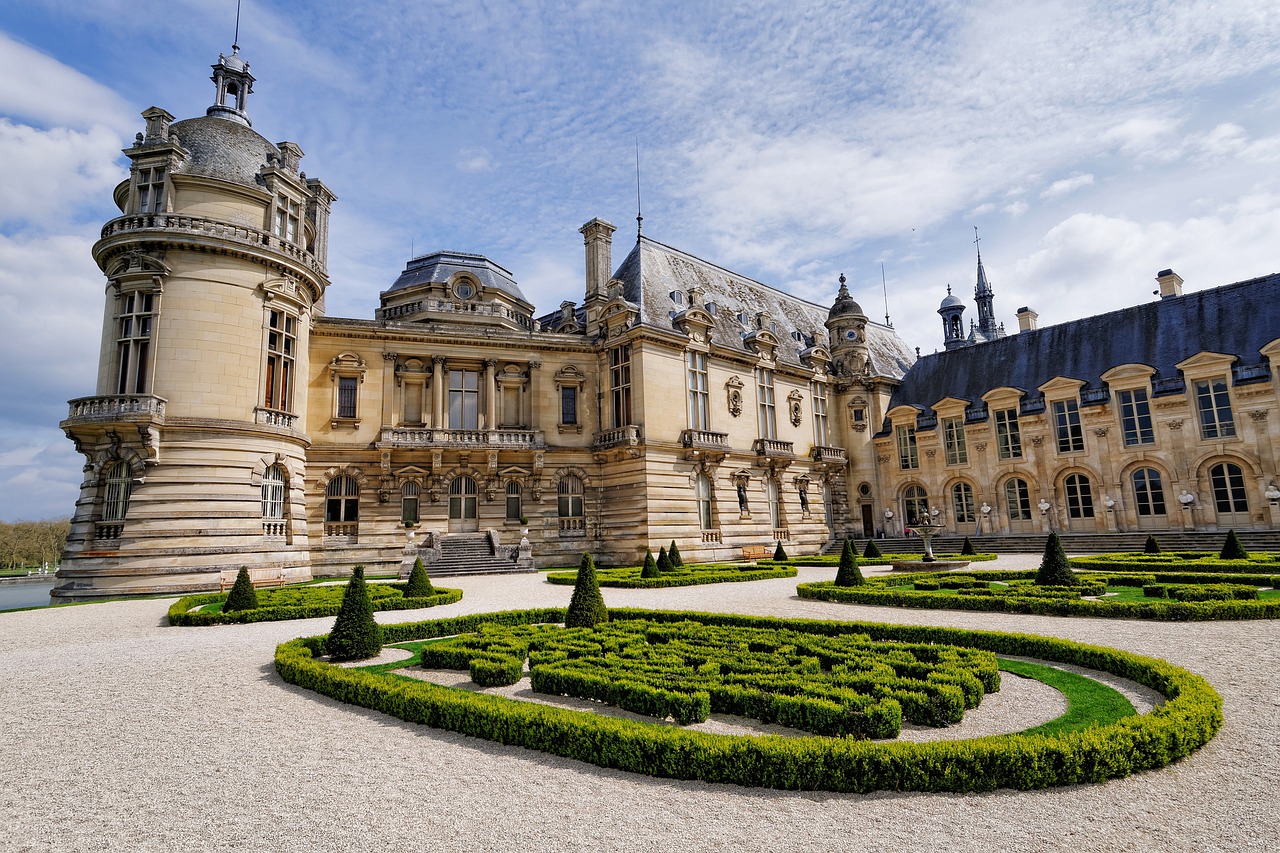
The renovation of a castle or a manoir classified historical monuments is an ambitious project that requires careful planning and specialist expertise. This type of project is not limited to simply restoring an old building, but also involves preserving its historic and architectural character while adapting it to modern needs.

Preservation of the architectural integrity and authenticity of a castle or palace old manor house is essential. Each element, whether it's the framework, the roof, the stone walls or the façades, must be restored with care in order to keep the style architectural original. The materials used should be chosen for their compatibility with the old buildings, which are often made of stone or wood, to ensure that the structure lasts.
Renovation work on a listed or registered historic monument is subject to strict regulations. It is essential to obtain the necessary authorisations from the relevant authorities, in particular the Direction Régionale des Affaires Culturelles (DRAC) and the Architecte des Bâtiments de France. These procedures ensure that the work complies with heritage standards and preserves the authenticity of the building.

To successfully complete a project of this scale, it is crucial to enlist the support of a team of qualified professionals. Architects specialising in heritage, craftsmen skilled in traditional techniques, and companies specialising in the renovation and maintenance of historic buildings all play a key role in the success of the project. Their expertise ensures that the work is of the highest quality, and respects the original techniques and materials.
Before starting any work, an in-depth historical and architectural study is required. This analysis enables us to understand the history of the building and how it has evolved over the centuries, and to identify the elements that need to be restored. A full diagnosis of the building is also carried out to assess the condition of the structures and materials.
Based on the historical and architectural study, a detailed renovation plan is drawn up in consultation with the experts. This plan specifies the work to be carried out, the techniques to be used and the materials to be preferred. It also takes account of regulatory constraints and recommendations from heritage authorities.
Once the renovation plan has been defined, it is necessary to obtain authorisations from the DRAC and to comply with the Monuments Historiques inspection. This stage is crucial to ensure that the work complies with heritage standards and benefits from the public subsidies available.
Owners of historic monuments can benefit from public grants to finance their renovation work. The DRAC can cover up to 50% of the cost of listed buildings and 40% of the cost of listed buildings. These grants are awarded according to the importance of the work and its contribution to heritage preservation.
In addition to grants from the DRAC, local and regional authorities can also provide financial support for your project. These grants vary according to local policies and available budgets, but they can account for a significant proportion of the funding required.
Renovation work on a historic estate may be eligible for a tax credit. This scheme allows you to deduct part of the cost of the restoration work from your income tax. This is a valuable way of reducing the overall cost of the project. 
The Fondation du Patrimoine label also offers tax benefits. It allows owners to benefit from tax deductions on renovation work, provided that the building is visible from the public highway. This label is a guarantee of quality and compliance with heritage standards.
Corporate sponsorship is another source of funding for renovation projects on historic monuments. Companies can provide financial support in exchange for tax benefits and visibility. This partnership makes it possible to mobilise additional resources for heritage preservation.
Public subscriptions, organised by associations or foundations, raise funds from the general public. These campaigns raise public awareness of the importance of preserving our heritage and encourage people to contribute to the restoration of historic monuments.
Crowdfunding is a method of participatory financing that is enjoying growing success. Specialised platforms can be used to launch fundraising campaigns dedicated to the renovation of historic monuments. It mobilises a community of enthusiasts and patrons around heritage projects.
 Incorporating new technologies and modern comforts
Incorporating new technologies and modern comforts Renovating a listed château or manor house does not mean foregoing modern comforts. It is possible to incorporate contemporary technologies, such as heating and plumbing systems, while respecting heritage constraints. The aim is to create a comfortable and functional living space, without altering the authenticity of the building.
Energy renovation is a major challenge for older buildings. It is essential to implement appropriate solutions, such as insulating walls with perspirant materials, to improve energy performance while preserving the historic character of the building. A full energy audit can help identify the most effective and least invasive interventions.
It is also possible to benefit from support under the dispositif MaPrimRenov
It is extremely risky to try to estimate the budget for restoration work a prestigious residence. The amount will depend on the initial state of the building, its size and the quality of the work and materials used.
It's best to contact an architect specialising in heritage renovation, who will be able to give you a realistic estimate. This initial estimate will require you to pay this professional.
In addition to the cost of total renovation, don't forget to factor in annual maintenance and running costs (heating, etc.), which can quickly add up to several tens of thousands of euros.
By following these steps and taking advantage of the grants available, you can carry out an ambitious renovation project on a listed château or manor house. This process preserves the historic character of the building while adapting it to today's needs.
Working with qualified professionals and complying with heritage regulations are the keys to the success of this type of project. Public subsidies, tax exemption schemes and other sources of finance make it possible to carry out high-quality work while keeping the budget under control.
Renovating a château or manor house is an exciting adventure that helps to preserve France's heritage and pass on our history to future generations.